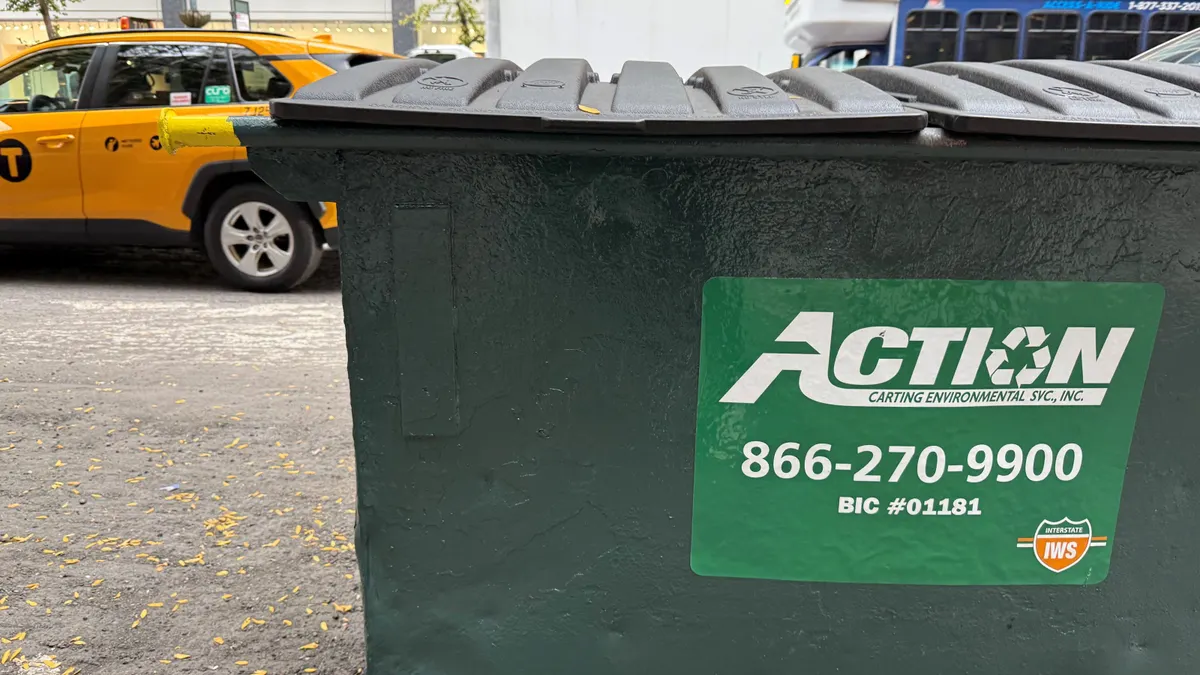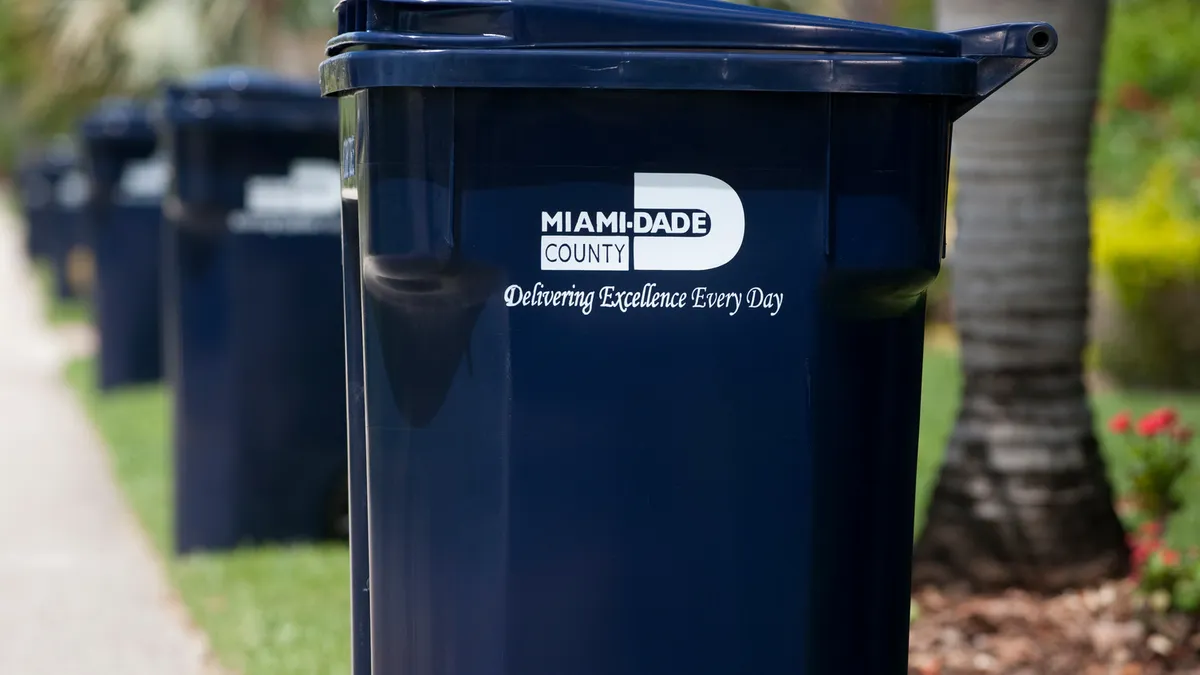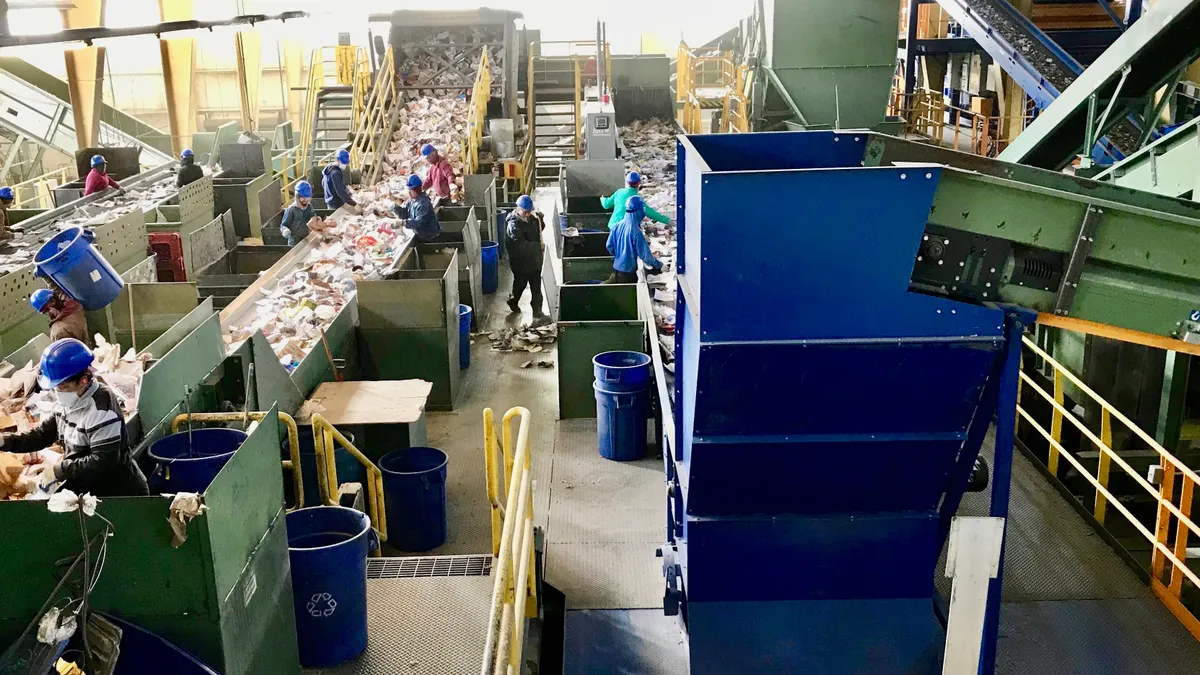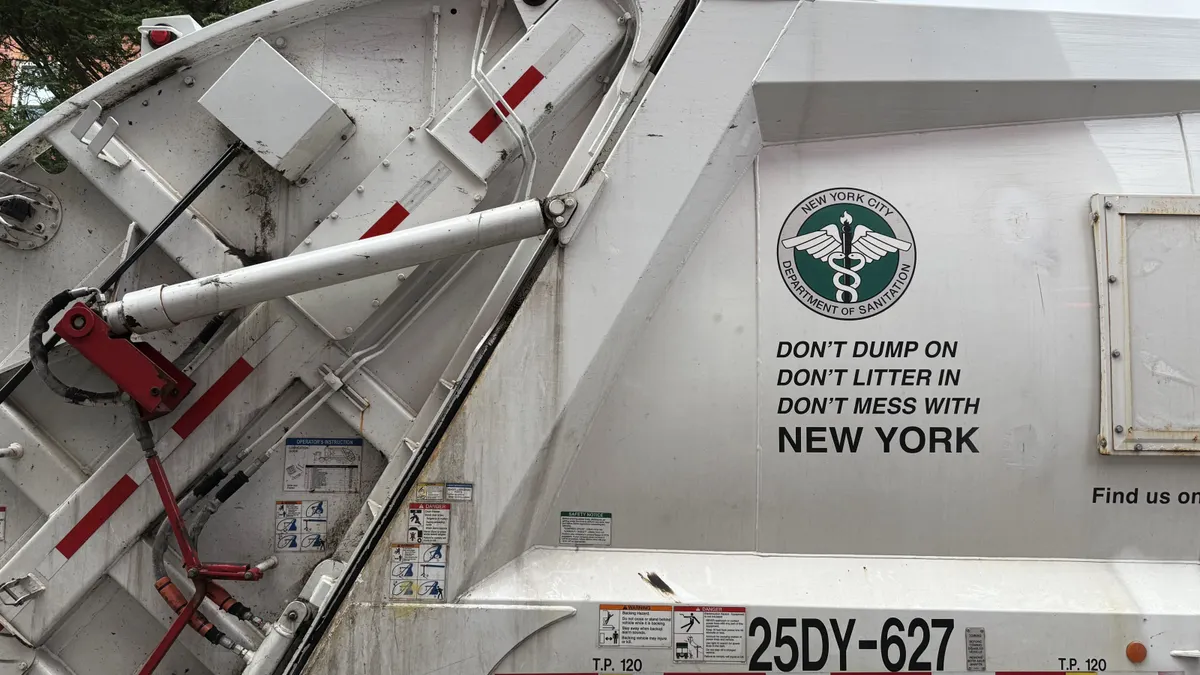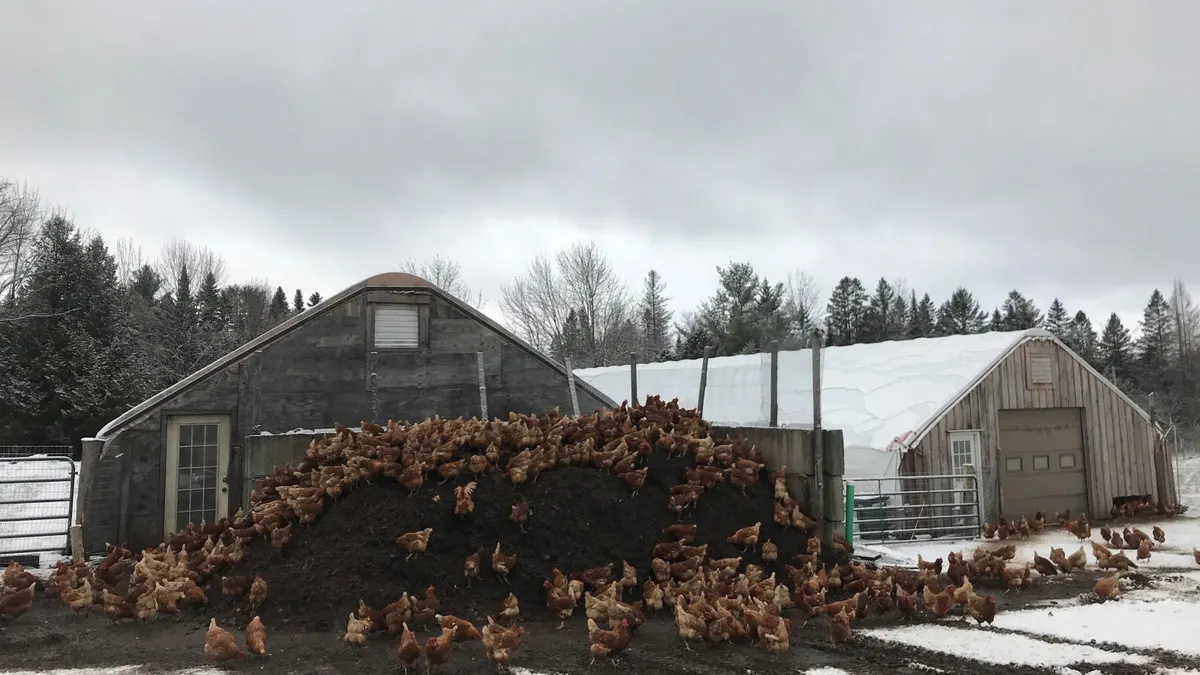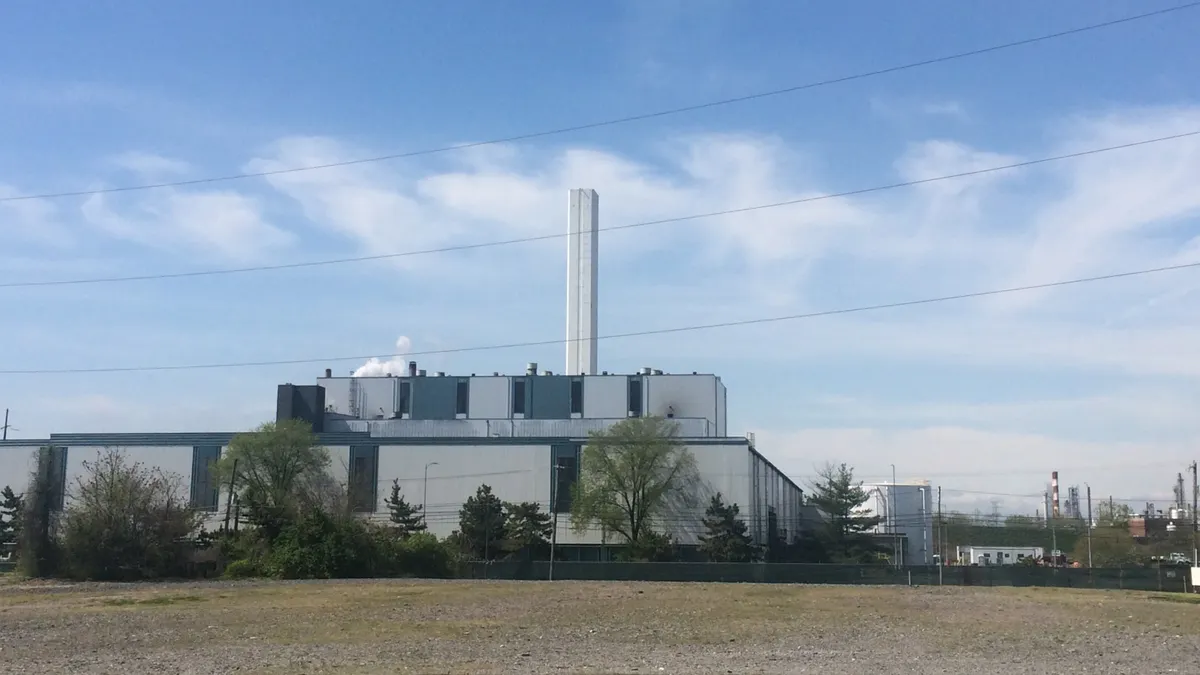Editor's Note: This story originally appeared on our sister publication, Food Dive.
As both a sustainability and fiscal initiative, food waste reduction remains top of mind for the food and beverage industry in addition to consumers, legislators, and environmental activists.
Food Dive has taken a look at why reducing food waste is a critical industry issue and common ways manufacturers are already taking action. Earlier this week, we also looked at lesser-known strategies using packaging and education to cut down on food waste.
For this last piece in our food waste series, here are several options manufacturers can use to better manage ingredients from the beginning to end of their supply chain to slash food waste and even boost profitability.
Create new revenue streams from food waste
Major manufacturers can dig into their own supply chains for instances of food waste that can generate additional revenue while also reducing the amount of waste product that ends up in a landfill. From additional food or beverage products to bioplastic packaging and biofuel, innovative manufacturers can increase profitability based on materials they already have at their disposal during production.
A former chemist in the wine industry founded AquaBotanical, a premium water brand he created by purifying water removed from fruits and vegetables condensed into concentrate. European scientists developed the PHBOTTLE prototype to demonstrate how they could convert fermentable sugars found in wastewater from juice processing into bioplastic beverage packaging.
#AquaBotanical water is now available online! Click the link for your 20% off code! https://t.co/VkXrxL1Paj pic.twitter.com/HxGfqitdCG
— AquaBotanical (@Aqua_Botanical) June 16, 2016
The Jose Cuervo tequila brand, rumored to be seeking an IPO, recently announced a partnership with The Ford Motor Company, which is testing the brand’s leftover agave fiber to be used as bioplastic in auto parts. The brand also offers leftover fiber to artists for making paper and crafts.
Imperfect, or “ugly,” produce
The “ugly” produce movement has been popular among retailers, including Whole Foods and now Wal-Mart. Retailers make an effort to sell produce that is safe to consume, but has superficial flaws. Billions of pounds of ugly produce go to waste in the U.S. each year.
Manufacturers can also play a key role in the ugly produce movement by specifically sourcing imperfect produce from farms to prevent it from going to waste. If it is going to be chopped or processed from its original form, consumers who buy the finished product will not know if it started out ugly.
“That is a place where there’s some really sharp entrepreneurs that are starting at small scale to get this product off the farm and either direct it to consumers or producers,” Eric Kessler, founder of Arabella Advisors and senior managing director of its Good Food Practice, told Food Dive. “There’s a role for innovation by these manufacturing companies to really invest in that supply chain. It can save them money long term, but there’s an upfront investment that’s really needed here to pave out the supply chain right now.”
Entire companies have formed around the notion of using ugly produce. Startup WTRMLN WTR uses almost every part of watermelons that are not shipped to retailers to make fresh cold-pressed beverages. The company sends any leftover skin or pulp to farms for livestock feed.
Since it was founded in 2013, WTRMLN WTR has used nearly 30 million pounds of watermelon that would have been wasted, cofounder and creative director Jody Levy told Food Dive. The company received accolades — and an investment — from Beyonce in May.
“It’s an investment in female leaders, fitness, American farmers, and the health of people and our planet.” -Beyonce pic.twitter.com/EYk3fhnEeC
— WTRMLN WTR (@WTRMLNWTR) May 3, 2016
Better ingredient purchasing and usage
Manufacturers can leverage software solutions that configure and optimize their supply chains to order only exactly what they need when they need it. These can include automated ordering and food waste tracking programs. This software can help manufacturers identify problem areas, including over production, over portioning, or poor management of ingredients’ shelf life. By improving waste tracking and analysis, the food industry could generate more than $1 billion in profit due to lower food purchase costs, according to the ReFED report.
In addition to creating more accurate and efficient ordering processes, manufacturers can find value in their excess produce. The Food Waste Reduction Alliance (FWRA) described how Campbell partnered with Feeding America in New Jersey to turn excess peach harvests into salsa for the local food bank. Or manufacturers can shift ingredients to other areas of the supply chain, such as rerouting ingredients that expire soon to other factories to be used for frozen products so they don’t go to waste.
Campbell's 'Just Peachy' Salsa Benefits Food Bank Of South Jersey « CBS Philly http://t.co/2Fkwbw236l
— Campbell Soup Co (@CampbellSoupCo) August 6, 2014
Improve storage and distribution infrastructure
Once a manufacturer purchases the optimum amount of ingredients, the next step is to ensure the company also optimizes its storage and distribution infrastructure. Proper cooling mechanisms in warehouses and delivery trucks can help prevent premature deterioration of ingredients and products before they reach the processing plant or retailer.
In addition to the equipment itself, food waste-savvy manufacturers can also make sure inventory shifts on time. Using monitoring tools and data analytics, manufacturers can adapt to changes in demand patterns and improve inventory management at each level of the supply chain. This includes optimizing the process of bringing products to market to ensure consumers have adequate time to purchase and use them before they hit their “use by” or “best before” dates.
Composting
In its fall 2015 best practices report for the industry, FWRA described composting as “the last line of defense from food waste going to landfill.”
Manufacturers can donate organic materials that don’t fit other uses or revenue streams to a facility that composts food waste. In 2014, manufacturers composted 2% of their food waste, compared to 86.8% recycled as animal feed, 3.5% as fertilizer and 1.7% as biofuel.
Composting efforts definitely have the opportunity to spread across the industry.
In May, Nestle’s Nespresso announced an expanded partnership with UPS to extend its existing recycling program, including using coffee grounds to create compost and topsoil. Jose Cuervo also uses some of its agricultural waste for compost.
Nespresso coffee grounds from our used capsules can be used as compost. Contribute by recycling yours. pic.twitter.com/17OWz87ZcR
— Nespresso Global (@Nespresso) April 5, 2016
Insects as ingredients
During an Institute of Food Technologists (IFT) webinar on food waste and world hunger last month, Anisa Loewen, PhD student representative and Super User for the International Division on IFT Connect, suggested that manufacturers could cut back on food waste by using insects as an alternative protein source in both human and animal food.
However, Robert Sevenich, researcher in the Department of Food Biotechnology and Food Process Engineering at Technische Universität Berlin, said in the same webinar that the industry needs more research on protein conversion and the bioavailability of protein from insect sources.
In developed countries like the U.S., eating insects still bears a stigma -- though other countries have consumed insects for thousands of years. A report released by Global Market Insights earlier this month predicted that the global edible insects market will surpass $522 million by 2023.
Still, manufacturers going the insects route will need to begin awareness and marketing campaigns early enough to make eating insects appealing to U.S. consumers.
Thanks @Bugsolutely - looking forward to trying #cricket pasta! #edibleinsects pic.twitter.com/6ML5UwvupS
— FoodBev (@FoodBev) July 18, 2016





